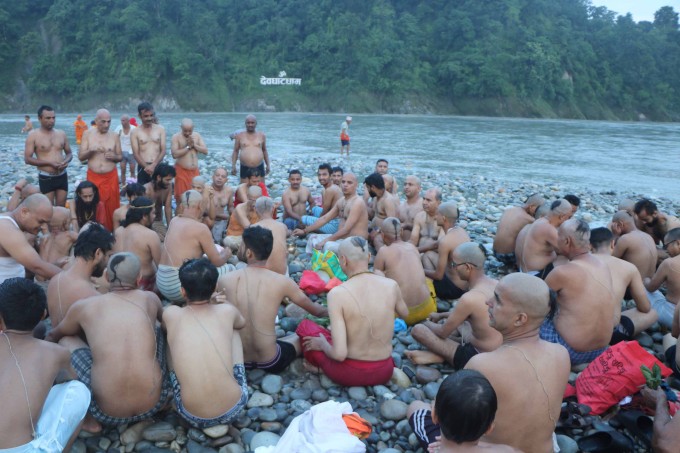Jean-Marie Lavalou, gave rise to more fluid crane shots and a new realm of artistic possibilities for motion movies passed away at the age of 76 in Paris.
Adam Samuelson, a former business associate of Lavalou, claimed that a stroke was the reason for his death.
Lavalou was born in Normandie into a well-known family of camembert cheese manufacturers. When he met his partner and inventor Alain Masseron, his career took a technological turn. The pair created distinctive camera motions in the 1970s while producing a movie inside a submarine as part of their national duty in France.
The Louma Crane was finally developed as a result of this and is now widely utilized in film and television production all over the world. (The words LOU & MA are combined to form the phrase Louma.)
Lavalou and Masseron assembled a group of engineers for the project. The world's first remote-controlled camera crane was created as a consequence of further research and development in Paris and in collaboration with partner Samuelson of Samuelson Film Services and his engineering team in London.
Roman Polanski and Sven Nykvist, who worked on the 1976 film "The Tenant," were early adopters of the technique and used it to produce the opening and closing sequence shots.
Retired Panavision executive Andy Romanoff recalls that the Louma Crane came to America in 1978 and was utilized on Steven Spielberg's "1941," released in 1979. The system "introduced us to a whole new camera language," he says. (Pictured above: Lavalou, left, and Spielberg on the set of "1941," with the Louma Crane in the background. William A. Fraker was the cinematographer.)
"Jean-Marie worked day and night adapting the crane to the demands of Hollywood filmmaking," adds Romanoff. "In later years, he became friends with camera crews all around the world as he visited sets to hear how he could make the crane easier and more useful for them... He spent his whole life dedicated to making better tools for making movies."
In 2005, the Motion Picture Academy bestowed a Technical and Scientific Achievement Award on Lavalou, Masseron, and Samuelson for the Louma remote-controlled camera head.
Lavalou is survived by four sisters and several nieces and nephews.
READ ALSO:







